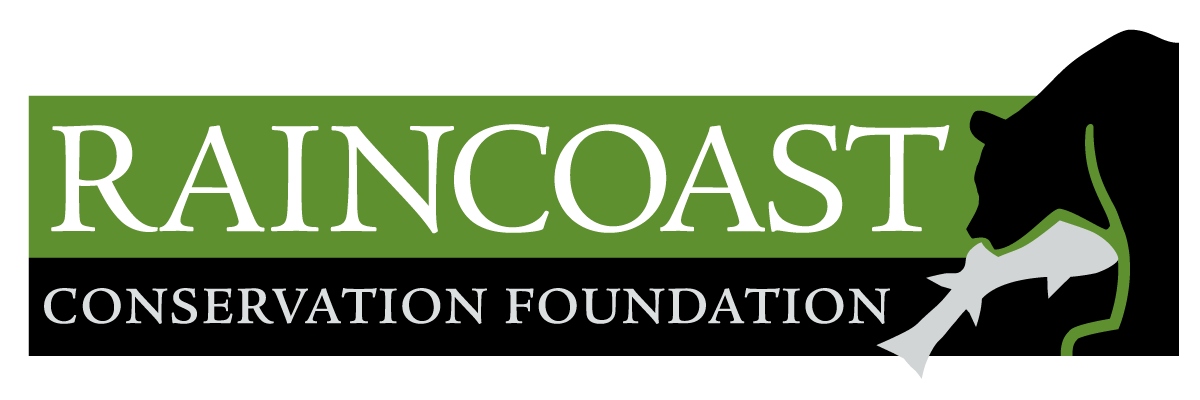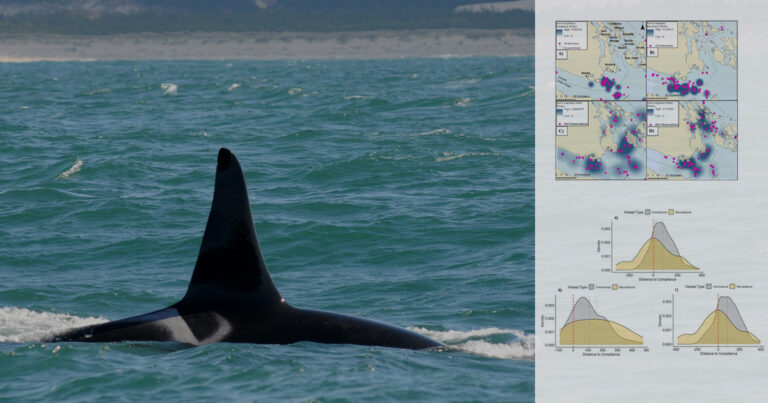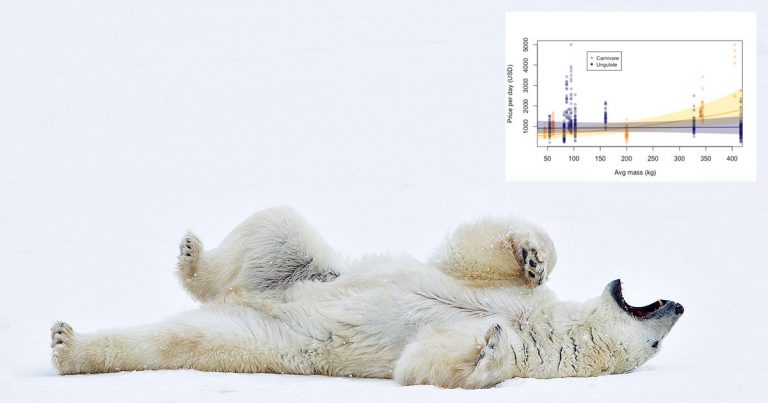Report: Legal Measures to Protect the Gulf Islands Coastal Douglas-fir Zone
A review from the Raincoast Conservation Foundation and Environmental Law Centre (ELC) at the University of Victoria shows that much more needs to be done to protect this important zone, particularly in the Gulf Islands.












